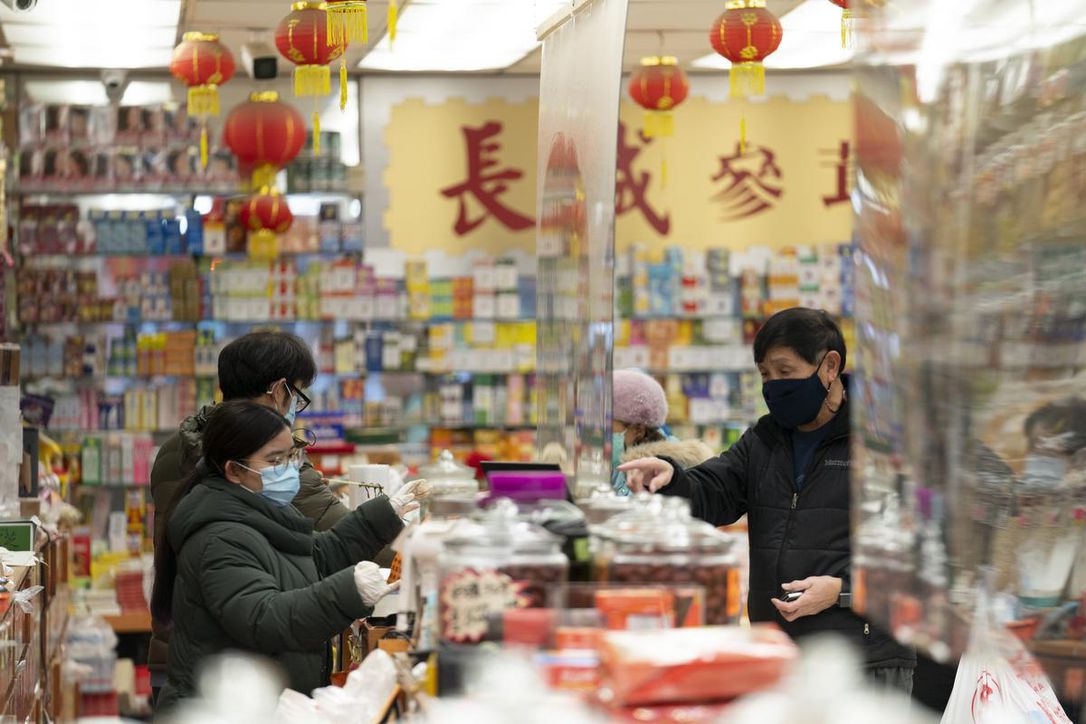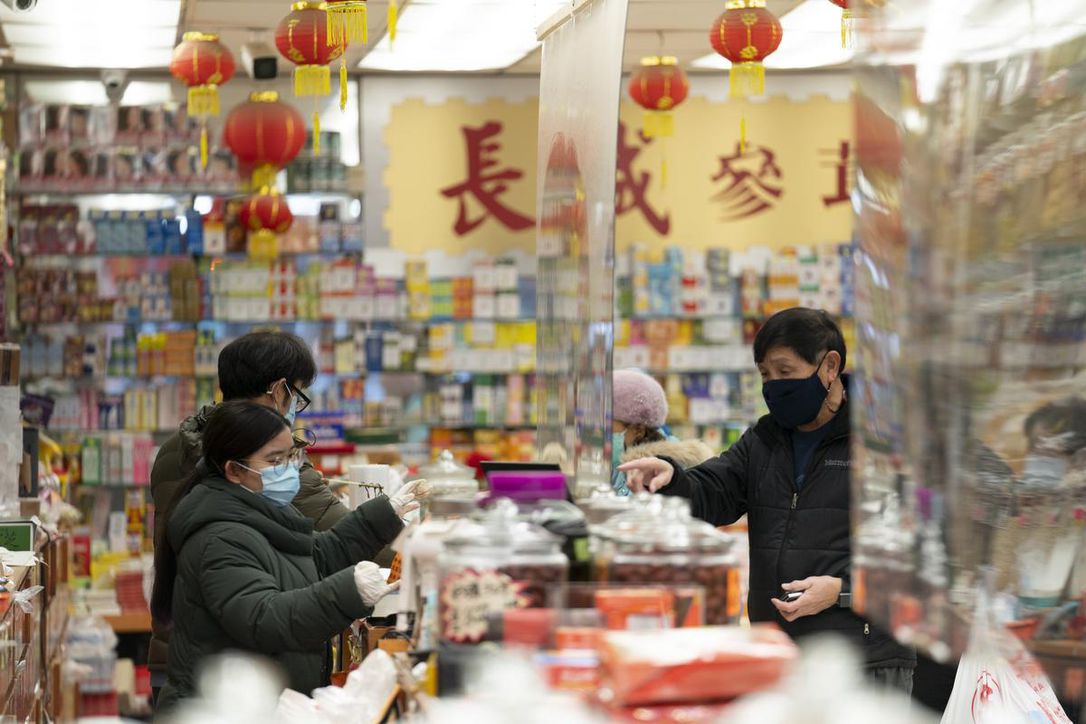
Does the virus see colour? Of course not, but that’s how it seems when we examine the way COVID-19 is impacting people in Canada and around the world.
The pandemic is hurting some groups more than others by inflaming old fault lines of racism, nationalism, economic exploitation and other structural inequalities, in ways that have deep impact.
Data from the U.S., Britain and Canada show that Indigenous, Black and Brown communities are disproportionately affected by COVID-19, a troubling fact that demands examination and explanation, though it’s clear it has a social, not a medical explanation. Exposure to the illness is harder to avoid for people whose financial circumstances demand they expose themselves to infection by working in low-paying service and retail jobs — the kind that can’t be done from home.
The illness itself, though, is not the only problem. It also brings hate and fear to the surface, following a long and tiresome pattern.
Because the virus was first discovered in China, Chinese people and people perceived to be Chinese, regardless of where they live, have been targeted, blamed and sometimes physically attacked, even though the disease has been spread by travellers of many different ethnicities.
Many non-Asians do not distinguish between Asians and Asian Canadians, or Asian Americans. To them, they are all simply Asian “others,” as appears to have been the case for an 84-year-old Thai man who was pushed to the ground in San Francisco in January and a Filipino man who had his face slashed on a Manhattan train last month, as part of a rise in violence against Asian people in general. In Canada, the recently launched #FaceRace campaign is working to raise awareness about racism faced by Asian-Canadians during the COVID-19 pandemic by sharing stories from those who have been targeted.
This rise in anti-Asian racism in Canada during the pandemic is part of a long historical context of racial violence.
After the completion of the Canadian Pacific Railway, despite the significant contributions and sacrifices of Chinese workers, and the active recruitment of the Chinese to work on the railroad, domestic agitation against the Chinese gathered momentum. Asian immigrants to North America were tagged as a “yellow peril” in an expression of Western fear. In the late 19th and early 20th centuries, the West feared the “yellow” race as a menace that threatened the domination of the white race, stemming from the large population of East Asia, China’s potential military and economic power and Japan’s emergence as an industrial power.
This gave rise to hateful stereotyping of Chinese and eventually other Asians as dirty, disease-ridden and untrustworthy.
The 1885 Royal Commission on Chinese Immigration, established to determine the impact of Chinese presence in Canada, concluded: “The Chinese quarters are the filthiest and most disgusting places in Victoria, overcrowded hotbeds of disease and vice, disseminating fever and polluting the air all around.” The commissioners were aware such conditions derived from poverty, not ethnicity, but that didn’t seem to matter.
Meanwhile, the Canadian government actively discouraged Chinese immigration by imposing, then increasing an oppressive head tax, subjecting new arrivals to sometimes humiliating health inspections, and ultimately banning Asians from registering to vote in British Columbia.
The Chinese Immigration Act of 1923, known also as the Chinese Exclusion Act, banned the entry of virtually all Chinese immigrants for 24 years. Although migration into Canada from most countries was controlled or restricted in some way, only Chinese people were singled out completely from entering on the basis of race.
These disgraceful, government-driven actions dehumanized Chinese people and made them vulnerable to hatred and exploitation. Now let’s jump a century ahead and see how little has changed.
Small victories have been achieved, such as, apologies for the head tax, the Komagata Maru and the mistreatment of families in the aftermath of the Air India bombing, and reparations for Japanese Internment, but racism has not been eliminated.
From the beginning of the current pandemic, then-U.S. president Donald Trump and officials in his administration referred to COVID-19 as “the Chinese virus,” “the China virus” and even “Kung flu,” taking a decidedly nationalist approach to the global crisis, cueing racists everywhere to step out of the shadows.
The predictable nationalist and racist rhetoric targeting China has been accompanied by an increase in discrimination and hate crimes against those of Asian descent within the United States, Canada and in the greater Asian diaspora, particularly those identified as East Asian.
A June 2020 survey by the Angus Reid Institute in partnership with the University of Alberta suggested a “shadow pandemic” of racism exists as half of the Canadians of Chinese ethnicity surveyed reported being called names or insulted as a direct result of the COVID-19 outbreak, and a 43 per cent said they had been threatened or intimidated.
This article initially appeared in The Hamilton Spectator on March 10, 2021.


